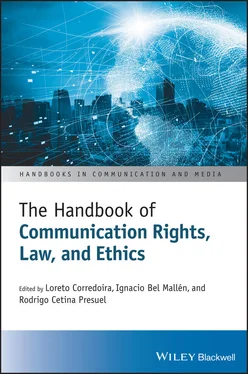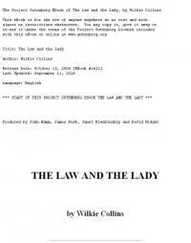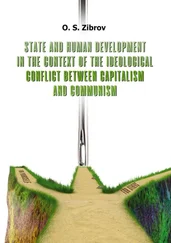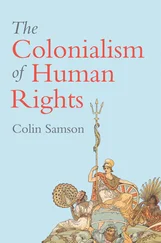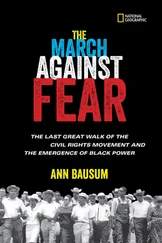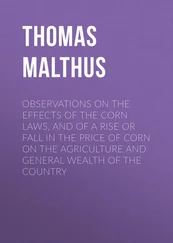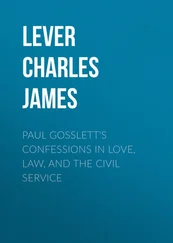110 98
111 99
112 100
113 101
114 102
115 103
116 104
117 105
118 106
119 107
120 108
121 109
122 110
123 111
124 112
125 113
126 114
127 115
128 116
129 117
130 118
131 119
132 120
133 121
134 122
135 123
136 124
137 125
138 126
139 127
140 128
141 129
142 130
143 131
144 132
145 133
146 134
147 135
148 136
149 137
150 138
151 139
152 140
153 141
154 142
155 143
156 144
157 145
158 146
159 147
160 148
161 149
162 150
163 151
164 152
165 153
166 154
167 155
168 156
169 157
170 158
171 159
172 160
173 161
174 162
175 163
176 164
177 165
178 166
179 167
180 168
181 169
182 170
183 171
184 172
185 173
186 174
187 175
188 176
189 177
190 178
191 179
192 180
193 181
194 182
195 183
196 184
197 185
198 186
199 187
200 188
201 189
202 190
203 191
204 192
205 193
206 194
207 195
208 196
209 197
210 198
211 199
212 200
213 201
214 202
215 203
216 204
217 205
218 206
219 207
220 208
221 209
222 210
223 211
224 212
225 213
226 214
227 215
228 216
229 217
230 218
231 219
232 220
233 221
234 222
235 223
236 224
237 225
238 226
239 227
240 228
241 229
242 230
243 231
244 232
245 233
246 234
247 235
248 236
249 237
250 238
251 239
252 240
253 241
254 242
255 243
256 244
257 245
258 246
259 247
260 248
261 249
262 250
263 251
264 252
265 253
266 254
267 255
268 256
269 257
270 258
271 259
272 260
273 261
274 262
275 263
276 264
277 265
278 266
279 267
280 268
281 269
282 270
283 271
284 272
285 273
286 274
287 275
288 276
289 277
290 278
291 279
292 280
293 281
294 282
295 283
296 284
297 285
298 286
299 287
300 288
301 289
302 290
303 291
304 292
305 293
306 294
307 295
308 296
309 297
310 298
311 299
312 300
313 301
314 302
315 303
316 304
317 305
318 306
319 307
320 308
321 309
322 310
323 311
324 312
325 313
326 314
327 315
328 316
329 317
330 318
331 319
332 320
333 321
334 322
335 323
Monroe E. Price
I happily accepted the invitation of the editors – Profs. Loreto Corredoira, Ignacio Bel, and Rodrigo Cetina – to introduce this important work. The very occasion of our meeting resonates with the ambition of this book. I met the editors in 2019 at the annual conference of the International Association for Media and Communication Research (IAMCR), an organization long committed to exploring ways to enrich the flow of ideas of communication and society across cultures, across systems, across theoretical approaches. This book is emblematic of what might be called the exploratory spirit of the IAMCR. The collection is designed to underscore communication rights as that idea has flourished within the traditions of the editors and in conversation with competing and complementary ideas developed in other traditions.
The book is timely for many reasons. There is an imperative resulting from the massive transformations in media technology and in the tsunami of change that goes under the name of social media. The world is, and has been for recent decades, a jurisdictional and cultural experimental zone for testing or imposing policy, with the force of circumstances driving governments, civil society, political parties, nongovernmental organizations, and others in conflicting directions, confronting issues of power, impact, and conformity to norms.
Dramatic shifts – in geopolitics, in technology, and in institutions, create a demand for rethinking the relationship between media technologies and freedom. Recourse to first principles and review of historic traditions can, in such a context, lead to new insights. That is the significant effort of this book.
In my own work, 1I have tried to think about alternate ways of characterizing large-scale efforts to shape systems of information flow. “Communication rights” in this approach are nestled in and products of other expansive themes or tendencies. These overall themes are sometimes posed as foundational rights (prescribed, one could find, in the International Covenant of Civil and Political Rights) or constructed through observation of what societies actually do. Examples, from my work, include these actions of major forces in the information space: the shaping of strategic infrastructures for channeling, encouraging, or restricting media flows or the invention and uses of forceful narratives (call them strategic narratives) to affect public behaviors and institutional choices. All this occurs under an umbrella of complex operations that I have described under the term “Markets for Loyalties.” How these ideas relate to communications rights or how communications rights flourish under technological and political pressures – this becomes the ongoing challenge.
Strategic Infrastructures
Everywhere about us, we see the material remnants of historic approaches to governing speech and society, and this volume – in its array of authorial backgrounds – manifests a variety of experiences with regulating freedom of expression and communication from different countries around the world. These distributed studies yield a catalogue of techniques used to mobilize, affect, or otherwise regulate and control societies. Technologies change: fax machines in dissident Eastern Europe, audiotapes in revolutionary Iran, flash drives in Cuba, smartphones in Egypt, sophisticated apps in Hong Kong. We aspire to explain how these technical interventions become effective tools for furthering freedoms but sometime become hijacked, melded with surveillance in ways subversive of an original goal. We recognize that it is not the technology alone, but the system design advanced by major communicators that is telling in these instances. Powerful communicators, and those who seek power, advance an infrastructure of information flow that will further their strategic objectives. We have paid too little attention to these broad efforts at global, regional, national, and community structures for information flow and too easily resort to familiar formulae of words to describe them.
Who, one might ask, are the architects of strategic infrastructures? Who sees themselves as empowered to articulate, demand, implement, or force the adoption of particular information infrastructures (or resist them)? These include those who seek a flow of images that reinforces sovereignty; those who wish to ration the import of potentially destabilizing advocacy; those who consider their state to be vulnerable to communal violence. But infrastructure design is also significant for those who advocate a full and free independent marketplace of ideas. Each of the authors in this volume brings to the table, at least, an implicit architecture, an implicit conception of infrastructure.
Читать дальше
